Aging Population and Rising Chronic Diseases
The demographic shift towards an aging population in South America is likely to have a profound impact on the anticoagulation market. Older adults are at a higher risk for developing chronic conditions such as atrial fibrillation, which often necessitates anticoagulation therapy. According to recent statistics, the population aged 65 and older is projected to increase by 20% by 2030, leading to a corresponding rise in the prevalence of cardiovascular diseases. This demographic trend suggests that the demand for anticoagulants will continue to grow, potentially driving market expansion. The anticoagulation market may experience a surge in sales, with estimates indicating a potential increase in revenue to reach $1.5 billion by 2026.
Government Initiatives and Healthcare Policies
Government initiatives aimed at improving cardiovascular health in South America are likely influencing the anticoagulation market. Policies that promote early detection and management of cardiovascular diseases may lead to increased prescriptions of anticoagulants. For instance, national health programs focusing on preventive care and chronic disease management could enhance access to anticoagulation therapies. This supportive regulatory environment may result in a more favorable market landscape, encouraging pharmaceutical companies to invest in research and development. As a consequence, the anticoagulation market could witness a growth trajectory, with projections indicating a potential increase in market size by 15% over the next five years.
Increasing Awareness of Anticoagulation Therapy
The growing awareness of anticoagulation therapy among healthcare professionals and patients in South America appears to be a significant driver for the anticoagulation market. Educational initiatives and campaigns by health organizations are likely enhancing understanding of the benefits and risks associated with anticoagulants. This increased awareness may lead to higher diagnosis rates of conditions requiring anticoagulation, such as atrial fibrillation and venous thromboembolism. As a result, the demand for anticoagulant medications is expected to rise, potentially increasing market revenues. In 2025, the anticoagulation market in South America could see a growth rate of approximately 8% as more patients seek treatment options, reflecting a shift towards proactive management of cardiovascular health.
Technological Advancements in Drug Delivery Systems
Innovations in drug delivery systems for anticoagulants are emerging as a key driver in the anticoagulation market. Advanced formulations, such as long-acting injectables and oral alternatives, are likely improving patient compliance and therapeutic outcomes. These technological advancements may facilitate more effective management of anticoagulation therapy, thereby expanding the patient base. In South America, the introduction of novel delivery methods could lead to a projected market growth of 10% annually, as healthcare providers increasingly adopt these innovative solutions. The potential for improved patient adherence to anticoagulation regimens may significantly influence market dynamics, making it a critical factor for stakeholders in the industry.
Rising Healthcare Expenditure and Access to Medications
The increase in healthcare expenditure across South America is expected to positively impact the anticoagulation market. As governments and private sectors allocate more funds towards healthcare, access to essential medications, including anticoagulants, is likely to improve. This trend may facilitate better treatment options for patients suffering from thromboembolic disorders. Furthermore, the expansion of health insurance coverage in various countries could enhance affordability and accessibility of anticoagulant therapies. Consequently, the anticoagulation market may experience a robust growth rate, with estimates suggesting an increase in market value to approximately $2 billion by 2027, driven by enhanced access to these critical medications.


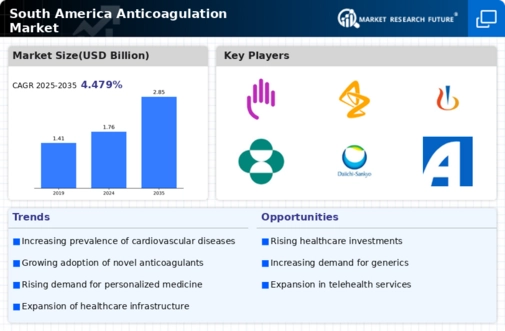
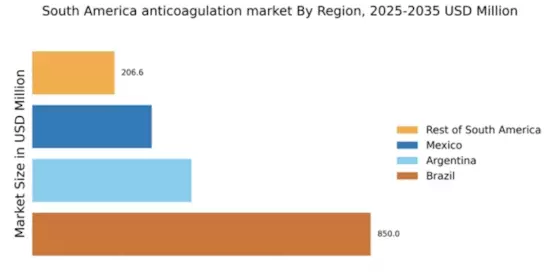
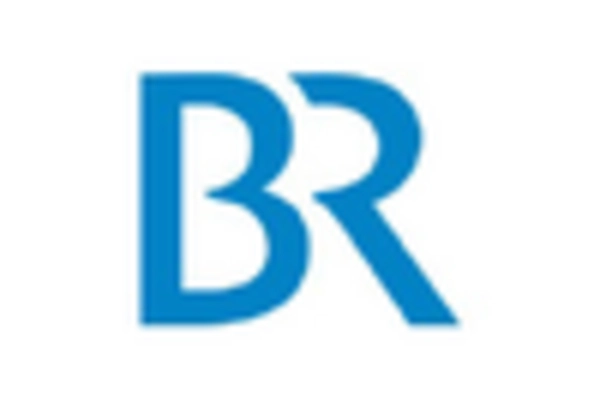
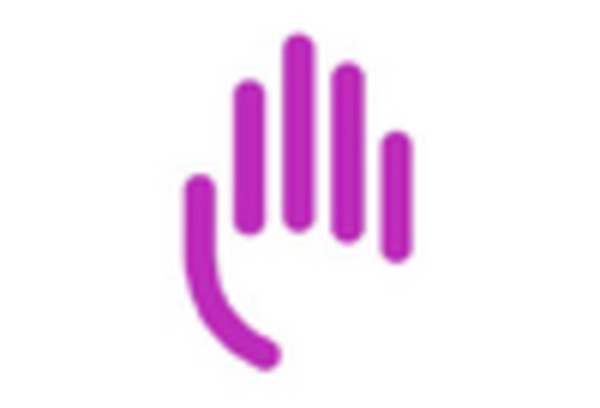
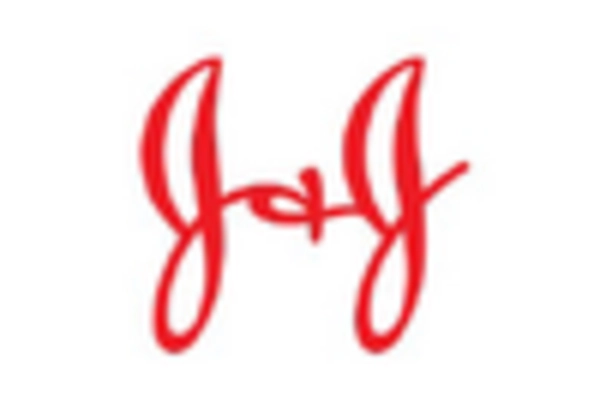
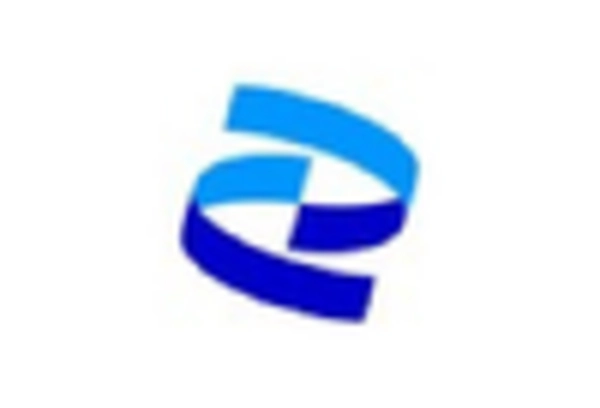
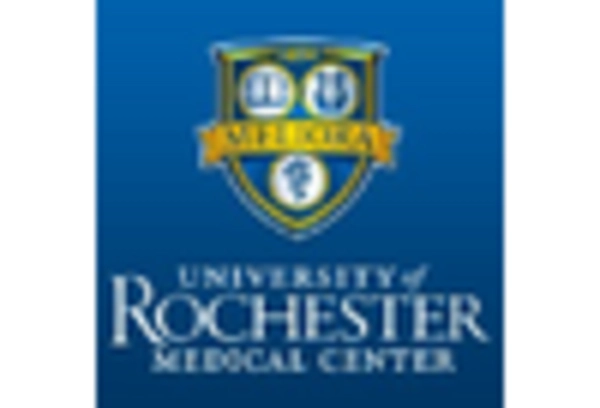
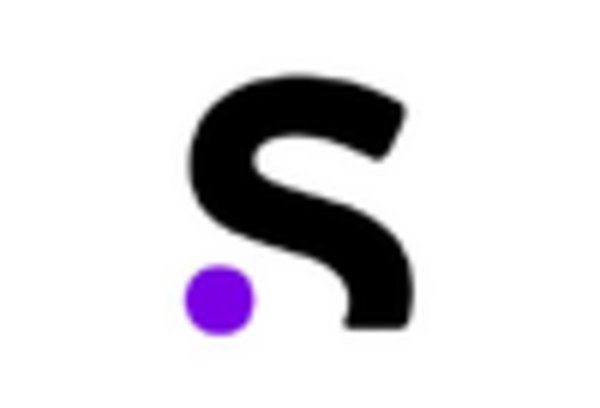








Leave a Comment